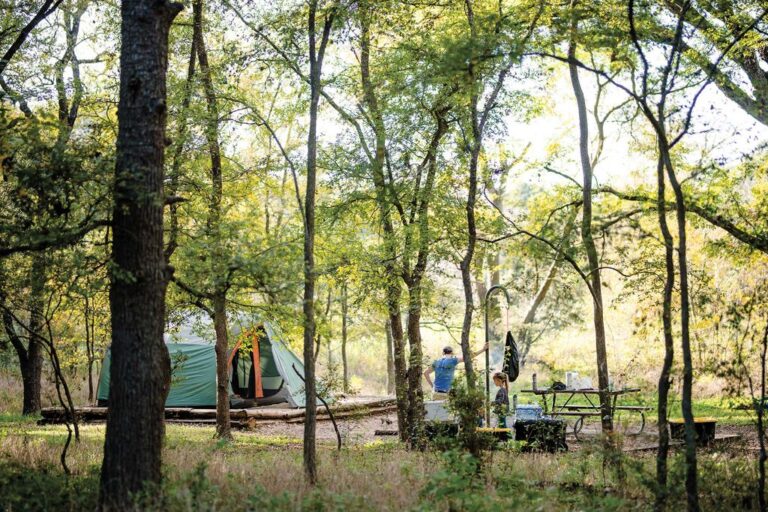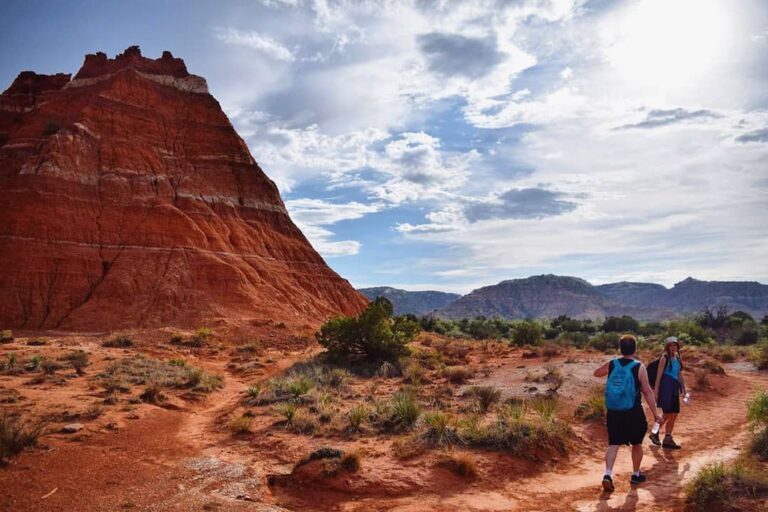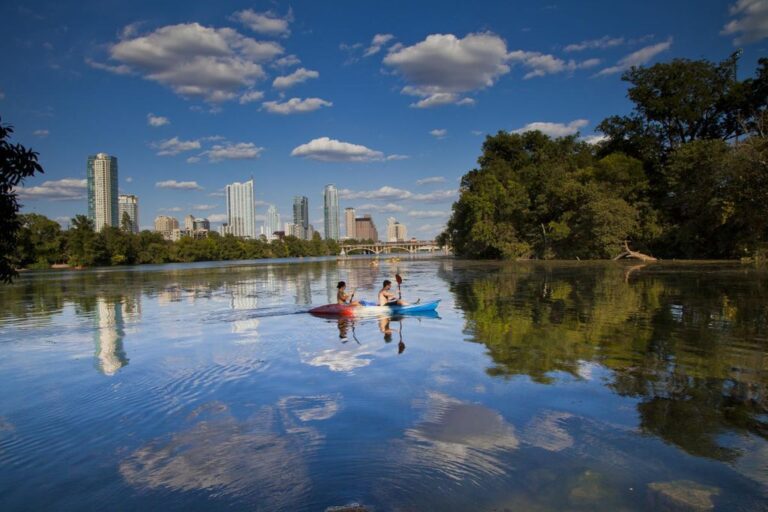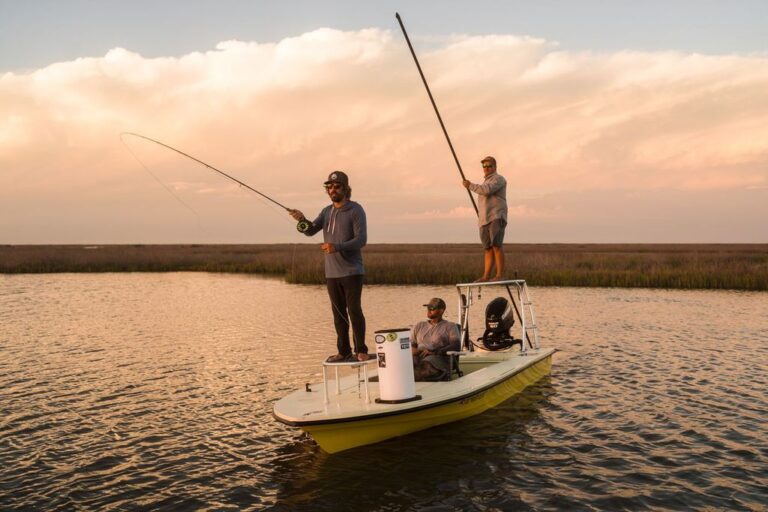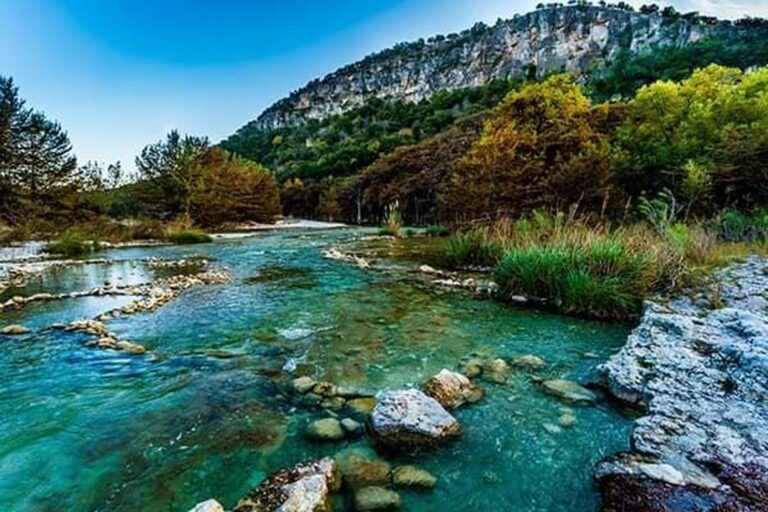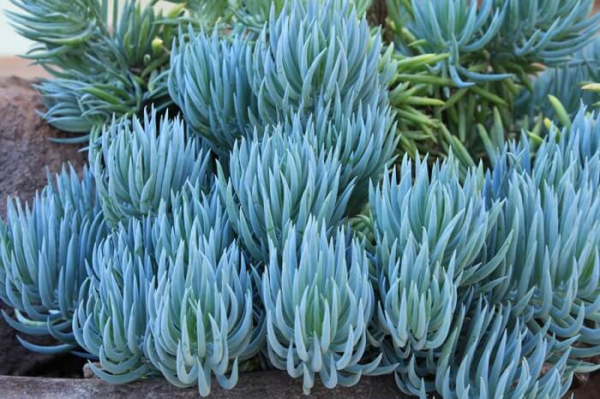Conservation Efforts in Big Bend: Safeguarding Texas’s Natural Heritage for Future Generations
Big Bend National Park, a sprawling wilderness in West Texas, is a breathtaking natural wonder that encompasses vast deserts, towering mountain ranges, and the winding Rio Grande. Covering over 800,000 acres, it is one of the most biologically diverse and geologically fascinating areas in the United States. The park serves as a sanctuary for a remarkable array of plant and animal species, many of which are found nowhere else on Earth.
However, this natural gem faces a myriad of challenges due to climate change, human activity, invasive species, and resource depletion. Protecting Big Bend’s ecosystems is vital not only for preserving its natural beauty but also for sustaining the biodiversity and cultural heritage it represents. This article delves into the importance of conservation efforts in Big Bend and how they help safeguard Texas’s natural legacy.
Why Big Bend’s Ecosystems Are Crucial
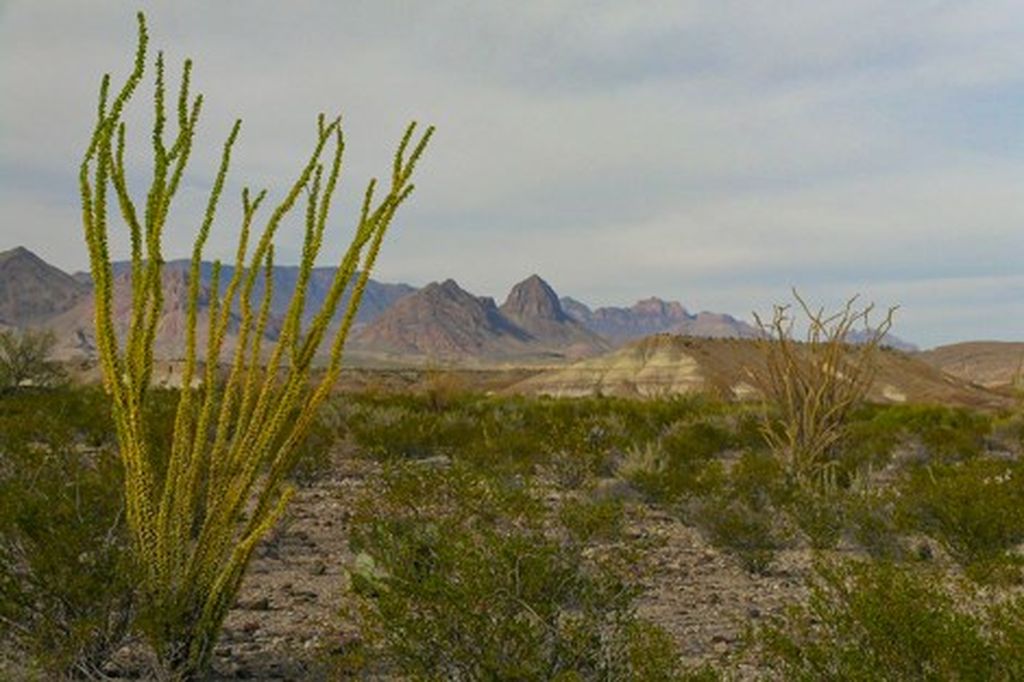
Big Bend is a biodiversity hotspot, offering habitats for over 1,200 species of plants, 450 species of birds, 75 species of mammals, and 56 species of reptiles. It is home to unique wildlife, such as the Colima warbler, the Mexican long-nosed bat, and the Big Bend gambusia fish, which is found only in this region.
The park’s diverse ecosystems are shaped by its three distinct environments: the desert, the river, and the mountains. These environments not only support wildlife but also provide critical ecosystem services, such as carbon sequestration, water filtration, and soil stabilization. Moreover, Big Bend holds cultural and historical significance, as it preserves ancient petroglyphs, historic settlements, and the traditions of Indigenous peoples.
Big Bend’s beauty and ecological importance also make it a major tourist attraction. Each year, the park welcomes hundreds of thousands of visitors, who contribute significantly to the local economy. Despite its remote location, Big Bend plays a vital role in connecting people to nature, science, and history.
Challenges Facing Big Bend National Park
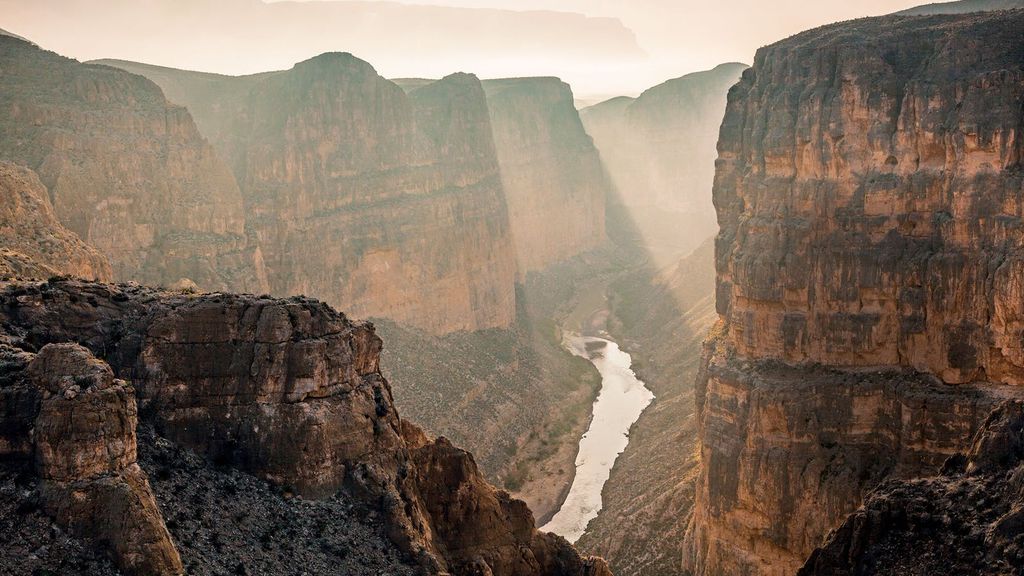
While Big Bend remains a beacon of natural beauty, it is not immune to threats. The park faces several challenges that endanger its ecosystems, wildlife, and resources:
1. Climate Change
The increasing frequency of extreme weather events, rising temperatures, and prolonged droughts pose severe risks to Big Bend. Desert springs and the Rio Grande, vital water sources for the region, are shrinking, affecting both wildlife and plant communities. Higher temperatures also disrupt the life cycles of many species, leading to imbalances in the ecosystem.
2. Invasive Species
Non-native species, such as the salt cedar (Tamarisk) and feral hogs, have invaded Big Bend’s ecosystems. These invasive species compete with native plants and animals, degrade habitats, and alter the natural flow of waterways. Controlling their spread is an ongoing battle for conservationists.
3. Human Activity
Increased visitation, pollution, and border-related activities create stress on the park’s resources. Off-trail hiking, littering, and habitat encroachment can disrupt wildlife and damage sensitive ecosystems. Additionally, construction and infrastructure projects near the border impact the region’s natural and cultural heritage.
4. Resource Depletion
Water is a precious resource in Big Bend, and its availability is declining due to overuse and climate change. The Rio Grande, a lifeline for the park, has seen reduced flow levels due to upstream damming and agricultural use, jeopardizing the habitats that depend on it.
5. Wildfires
With changing climate patterns, the risk of wildfires in Big Bend has increased. Wildfires can devastate desert and mountain ecosystems, destroying vegetation and displacing wildlife. Recovery from such events is often slow, especially in arid environments.
Conservation Initiatives in Big Bend
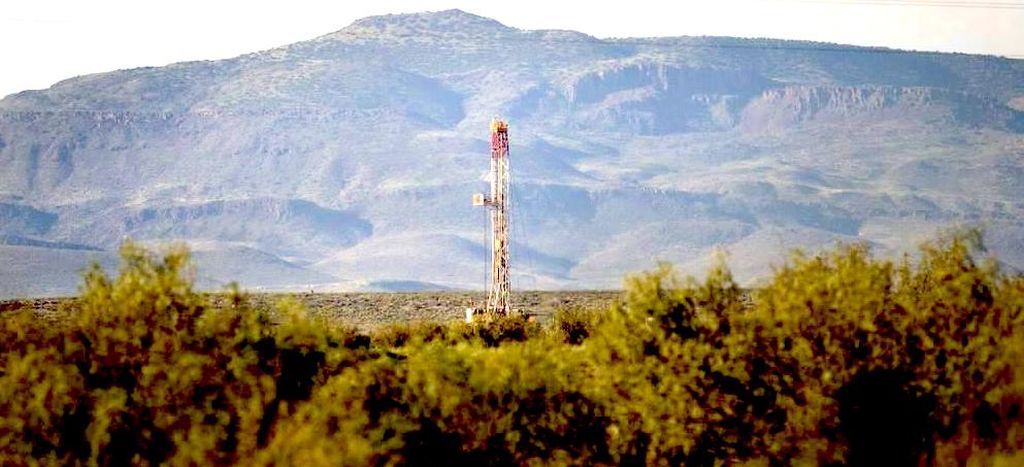
To address these challenges, conservation organizations, park authorities, and local communities are implementing a range of initiatives aimed at preserving Big Bend’s unique ecosystems and natural heritage. Below are some of the key conservation efforts:
1. Habitat Restoration
One of the main focuses of conservation in Big Bend is restoring native habitats. Efforts include the removal of invasive plant species, such as salt cedar, and the reintroduction of native vegetation, including desert grasses and shrubs. This not only improves soil health but also provides shelter and food for wildlife.
2. Wildlife Conservation and Monitoring
Scientists and park staff are actively monitoring key species, such as black bears, mountain lions, and peregrine falcons, to better understand their behaviors and habitat needs. Endangered species, like the Mexican long-nosed bat and the Big Bend gambusia, are the focus of specialized conservation programs to ensure their survival.
3. Water Resource Management
Conserving water resources is critical in Big Bend. Collaborative efforts with Mexico and local water authorities aim to restore the flow of the Rio Grande and improve water management practices. Projects include removing barriers to fish migration and ensuring sustainable use of water for agriculture and recreation.
4. Sustainable Tourism Practices
To mitigate the impact of tourism, Big Bend National Park promotes responsible travel practices. Visitors are encouraged to follow “Leave No Trace” principles, stay on designated trails, and avoid disturbing wildlife. The park also invests in eco-friendly infrastructure, such as solar-powered facilities, to reduce its carbon footprint.
5. Education and Community Involvement
Local communities, nonprofit organizations, and educational institutions play a crucial role in conservation efforts. Programs such as guided nature tours, citizen science projects, and school outreach initiatives help raise awareness about the importance of protecting Big Bend. Volunteers often assist in activities like habitat restoration and park clean-ups.
How You Can Help Protect Big Bend
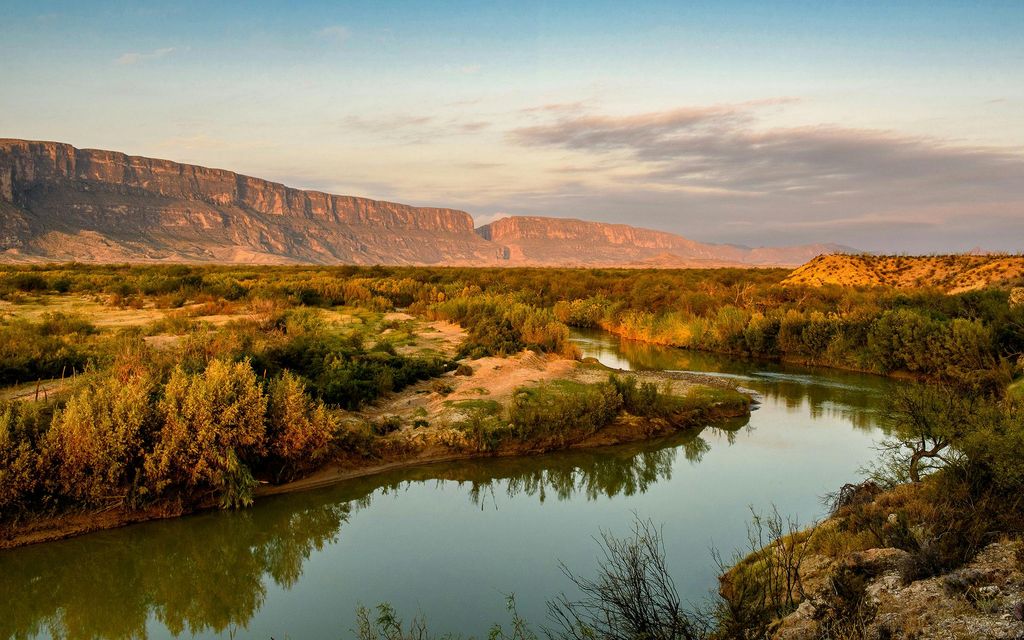
Preserving Big Bend’s natural heritage requires collective action. Whether you’re a frequent visitor or a nature enthusiast, there are several ways you can contribute to conservation efforts:
- Support Conservation Organizations: Donate to nonprofit groups that work to protect Big Bend’s ecosystems, such as Friends of Big Bend National Park.
- Volunteer Your Time: Join volunteer programs to help with habitat restoration, invasive species removal, or trail maintenance.
- Practice Responsible Tourism: When visiting Big Bend, follow park guidelines, minimize waste, and respect wildlife.
- Advocate for Policy Changes: Encourage policymakers to allocate funding for conservation projects and prioritize environmental protection in the region.
- Educate Others: Share your knowledge about Big Bend and the importance of conservation with friends, family, and your community.
A Vision for Big Bend’s Future
Big Bend National Park is more than just a destination—it’s a living, breathing ecosystem that connects past, present, and future. Protecting this unique landscape is essential not only for Texas but also for global efforts to combat biodiversity loss and climate change.
The ongoing conservation initiatives in Big Bend showcase how humans can work together to restore and protect nature. By supporting these efforts, we ensure that future generations can enjoy the stunning vistas, vibrant wildlife, and rich history that make Big Bend one of Texas’s most treasured landmarks.
Let’s act now to preserve Big Bend’s legacy, so that this natural wonder continues to inspire awe and provide refuge for wildlife for centuries to come.
Q&A: Common Questions About Conservation in Big Bend
1. Why is Big Bend National Park important for conservation?
Big Bend is a biodiversity hotspot, home to unique ecosystems, endangered species, and rich cultural history. Its role in preserving desert, river, and mountain habitats makes it crucial for ecological balance, scientific research, and the protection of Texas’s natural heritage.
2. What are the main threats to Big Bend’s ecosystems?
The biggest challenges include climate change, invasive species, water scarcity, human impact, and increased wildfire risks. These threats disrupt the park’s delicate ecosystems and endanger its wildlife and natural resources.
3. How do invasive species affect Big Bend?
Invasive species, such as the salt cedar and feral hogs, compete with native plants and animals for resources. They degrade habitats, alter water flows, and threaten the survival of native species, making their management a top priority for conservation efforts.
4. What actions are being taken to protect the Rio Grande in Big Bend?
Efforts to conserve the Rio Grande include removing invasive plants, restoring natural water flow, and promoting sustainable water use with local and international partners. These initiatives aim to protect aquatic habitats and ensure the river’s health for future generations.
5. How can tourists help protect Big Bend National Park?
Tourists can contribute by practicing responsible tourism:
- Stay on marked trails to avoid damaging fragile ecosystems.
- Follow “Leave No Trace” principles by taking all waste out of the park.
- Avoid feeding or disturbing wildlife.
- Support eco-friendly accommodations and park initiatives.
6. Are there volunteer opportunities in Big Bend?
Yes, Big Bend offers various volunteer opportunities, such as habitat restoration, trail maintenance, and invasive species removal. You can also join organizations like Friends of Big Bend National Park to assist with conservation projects.
7. How does climate change impact Big Bend?
Rising temperatures and prolonged droughts reduce water availability and alter ecosystems. Wildlife migration patterns and plant growth cycles are disrupted, and the increased frequency of wildfires further threatens the park’s delicate balance.
8. What can I do to support conservation in Big Bend from afar?
Even if you can’t visit the park, you can:
- Donate to conservation organizations focused on Big Bend.
- Advocate for policies that prioritize environmental protection.
- Share information about Big Bend’s challenges to raise awareness.
9. What role does education play in Big Bend’s conservation efforts?
Education is vital for fostering awareness and action. Programs offered by the park and its partners teach visitors, students, and local communities about the importance of protecting Big Bend. Citizen science projects also allow the public to contribute directly to research and conservation.
10. Is Big Bend’s conservation model replicable in other parks?
Yes, many of Big Bend’s conservation practices—such as habitat restoration, wildlife monitoring, and community involvement—can be adapted to other protected areas. Its success highlights the importance of collaboration between governments, scientists, and the public in preserving natural heritage worldwide.


